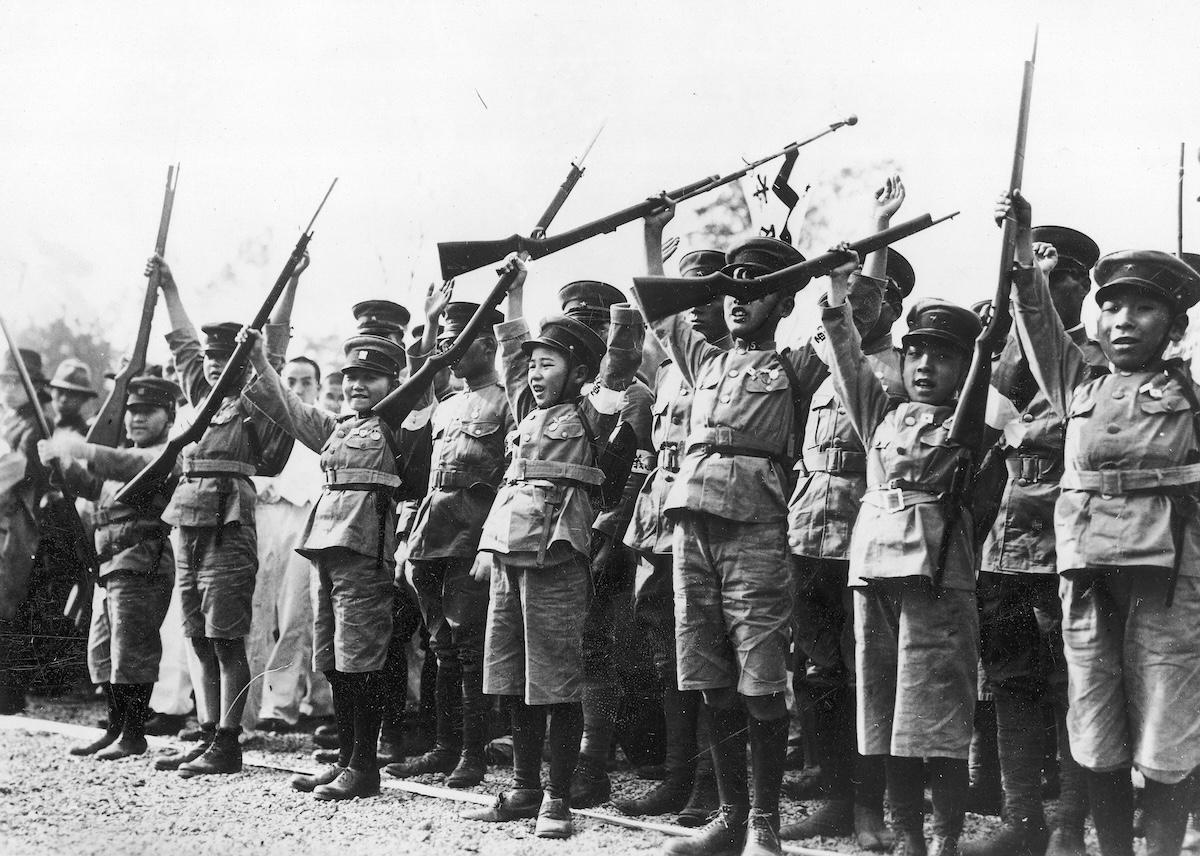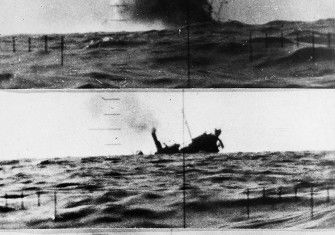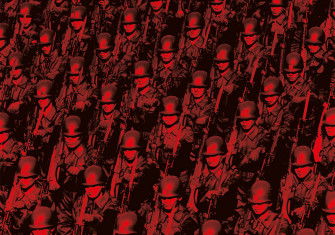Emperor Hirohito’s War
What did Hirohito really think of the Second World War? After his death, diaries and memoirs from the Shōwa emperor’s court began to shed light on his role in the conflict.

Since the death of the Shōwa emperor Hirohito in January 1989, new historical documents have focused public attention on the leadership role that he and his innermost circle of advisers played in the Japanese political process both during and after the Second World War. These new materials, and others published over the course of the 1980s, furnish a fresh starting point for situating the Shōwa emperor in the history of the 20th century. They help to delineate more clearly key elements of emperor Hirohito‘s character, while exposing certain myths pertaining to his innocence in starting the Pacific War, and his heroism in ending it. They also raise questions about his position in the post-war state, where he was supposed to be a powerless ‘symbol’, completely devoid of any political role.







